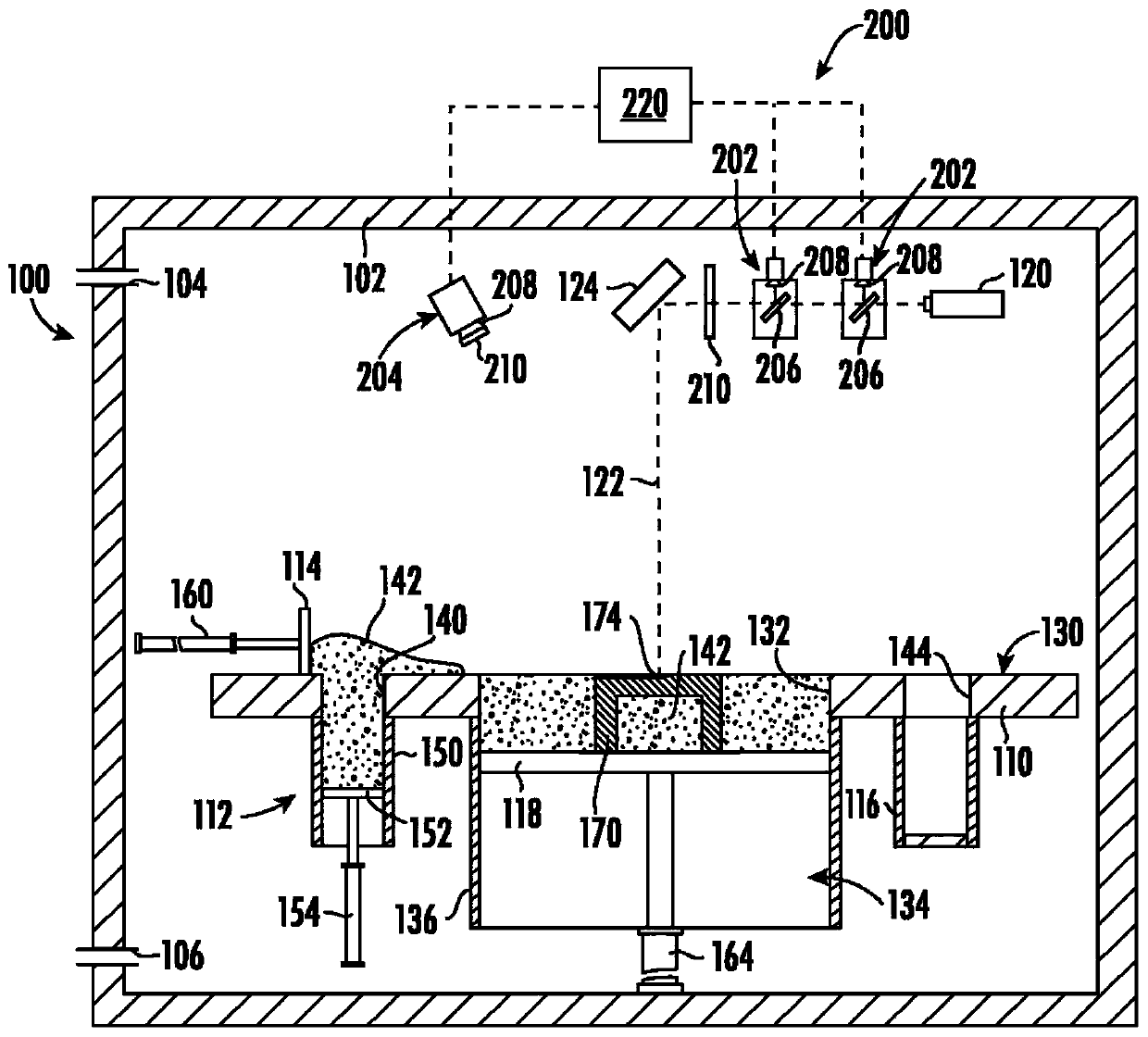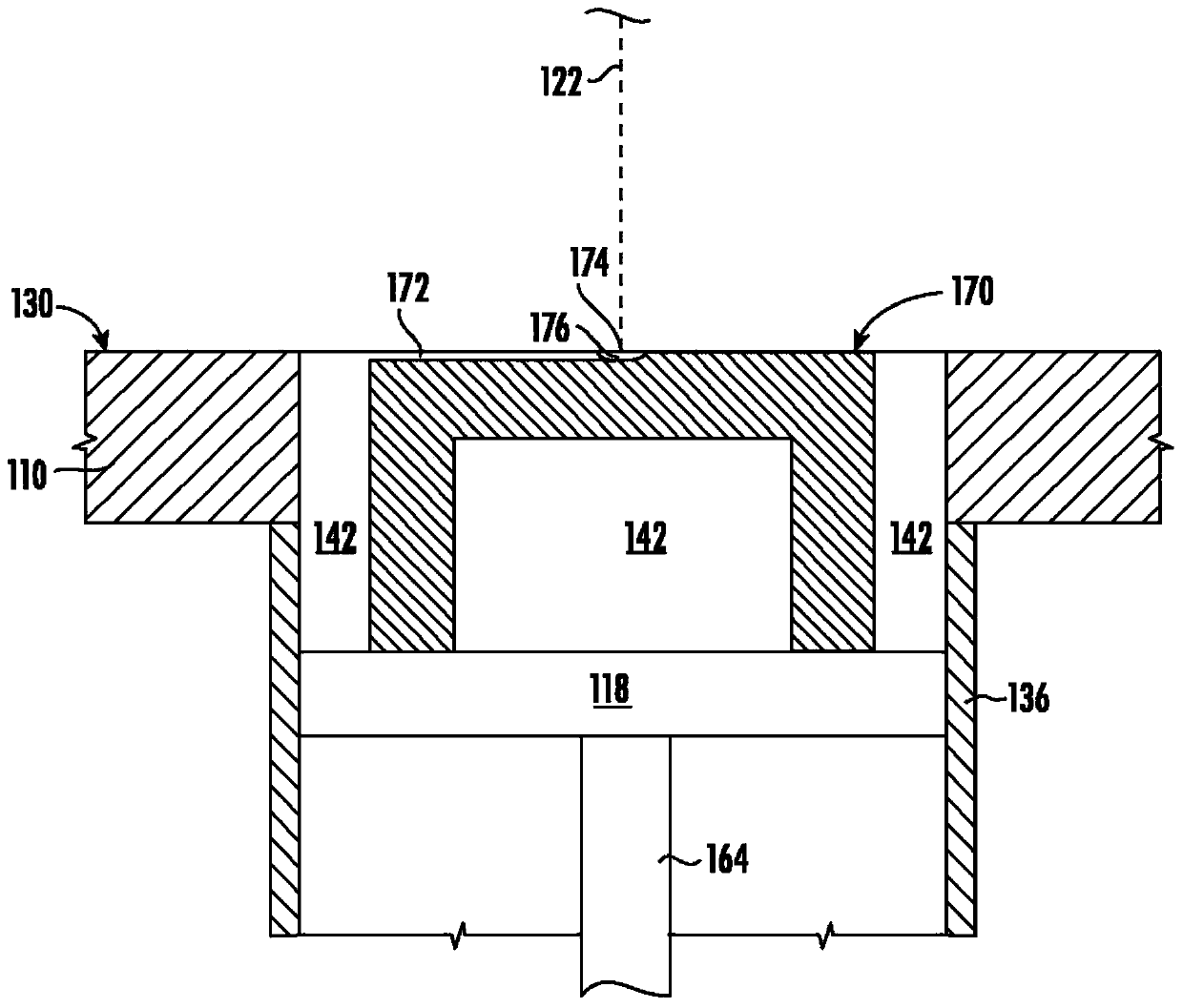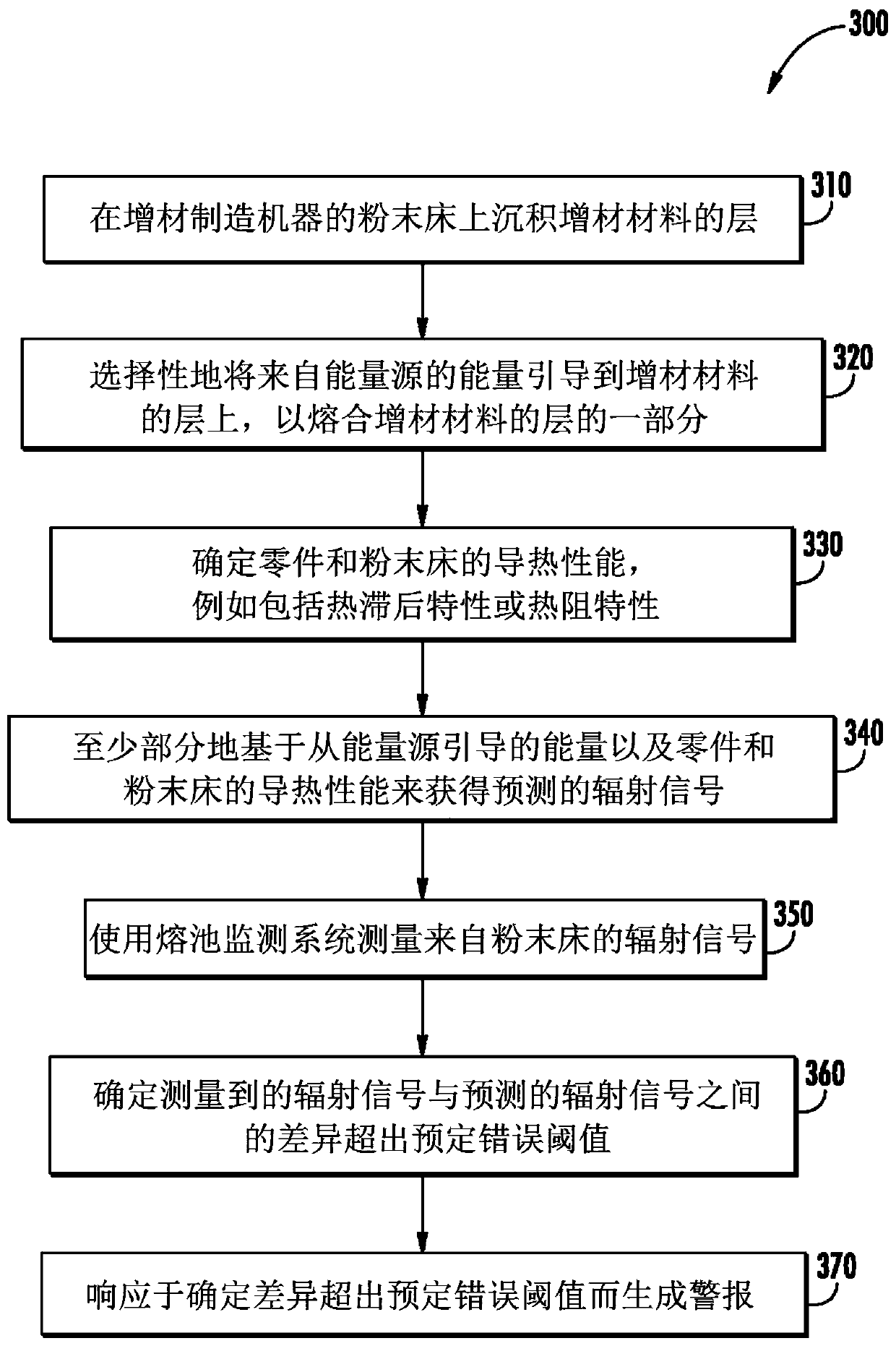Method for detecting errors and compensating for thermal dissipation in an additive manufacturing process
A technology of additive manufacturing and thermal resistance, applied in the direction of processing and manufacturing, manufacturing tools, additive manufacturing, etc., can solve the problems of unconsidered, complex identification and processing, and the inability to effectively identify the quality problems of finished parts. The cost of scrap materials increases.
- Summary
- Abstract
- Description
- Claims
- Application Information
AI Technical Summary
Problems solved by technology
Method used
Image
Examples
Embodiment Construction
[0024] Reference will now be made in detail to embodiments of the invention, one or more examples of which are illustrated in the accompanying drawings. Each example is provided by way of explanation of the invention, not limitation of the invention. In fact, it will be apparent to those skilled in the art that various modifications and variations can be made in the present invention without departing from the scope or spirit of the invention. For example, features illustrated or described as part of one embodiment can be used with another embodiment to yield a still further embodiment. Thus, it is intended that the present invention covers such modifications and changes as come within the scope of the appended claims and their equivalents.
[0025] As used herein, the terms "first," "second," and "third" may be used interchangeably to distinguish one element from another, and are not intended to denote the position or importance of individual elements. Additionally, as used...
PUM
 Login to View More
Login to View More Abstract
Description
Claims
Application Information
 Login to View More
Login to View More - R&D
- Intellectual Property
- Life Sciences
- Materials
- Tech Scout
- Unparalleled Data Quality
- Higher Quality Content
- 60% Fewer Hallucinations
Browse by: Latest US Patents, China's latest patents, Technical Efficacy Thesaurus, Application Domain, Technology Topic, Popular Technical Reports.
© 2025 PatSnap. All rights reserved.Legal|Privacy policy|Modern Slavery Act Transparency Statement|Sitemap|About US| Contact US: help@patsnap.com



